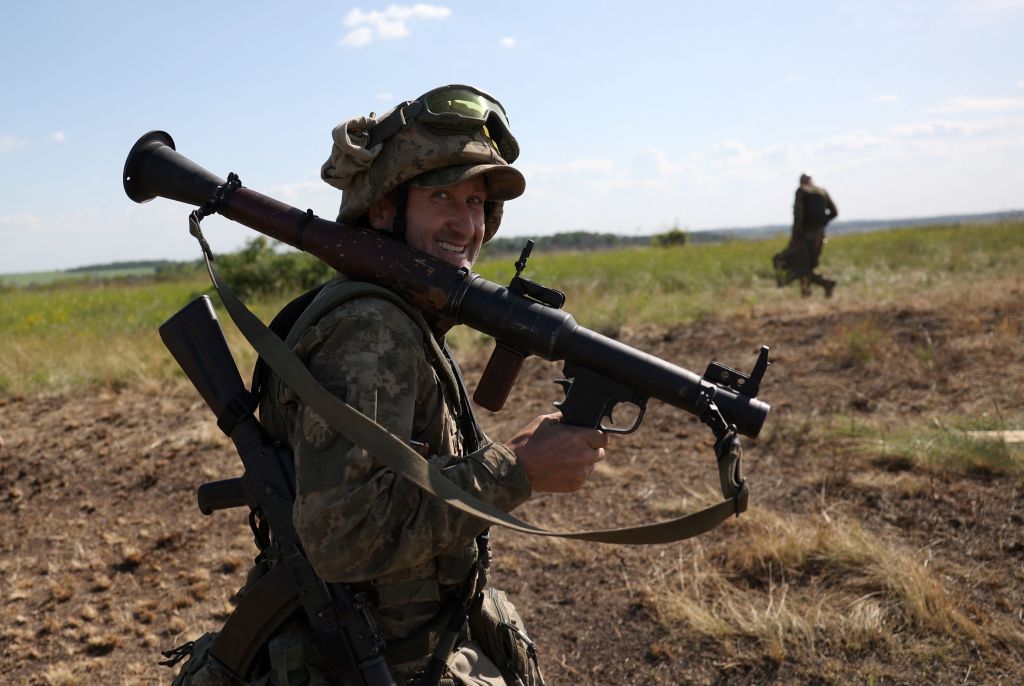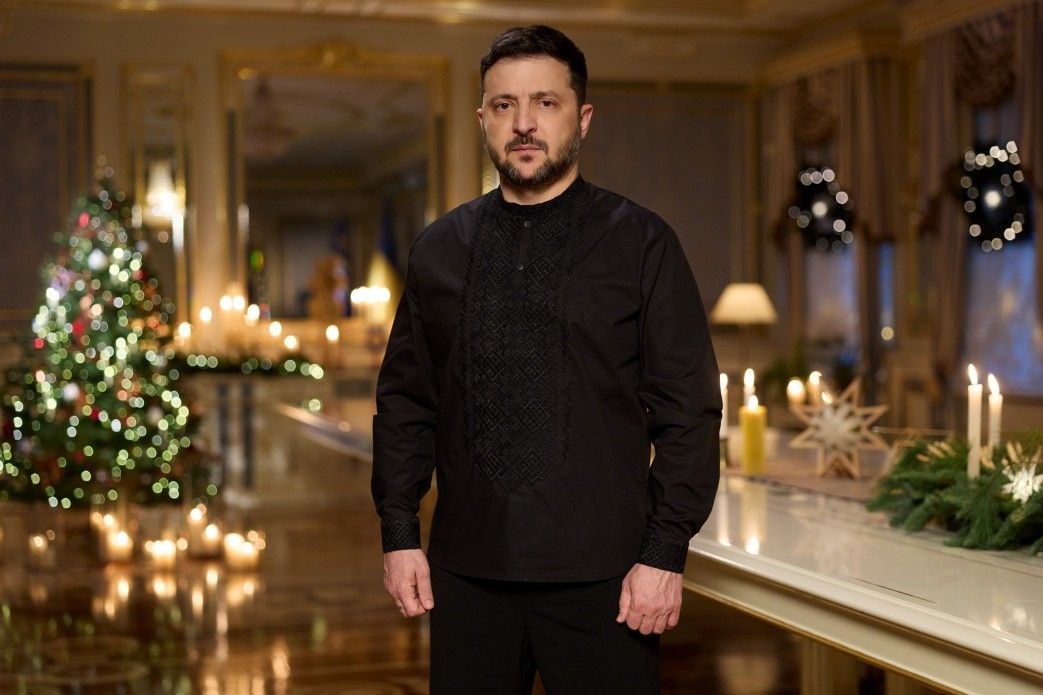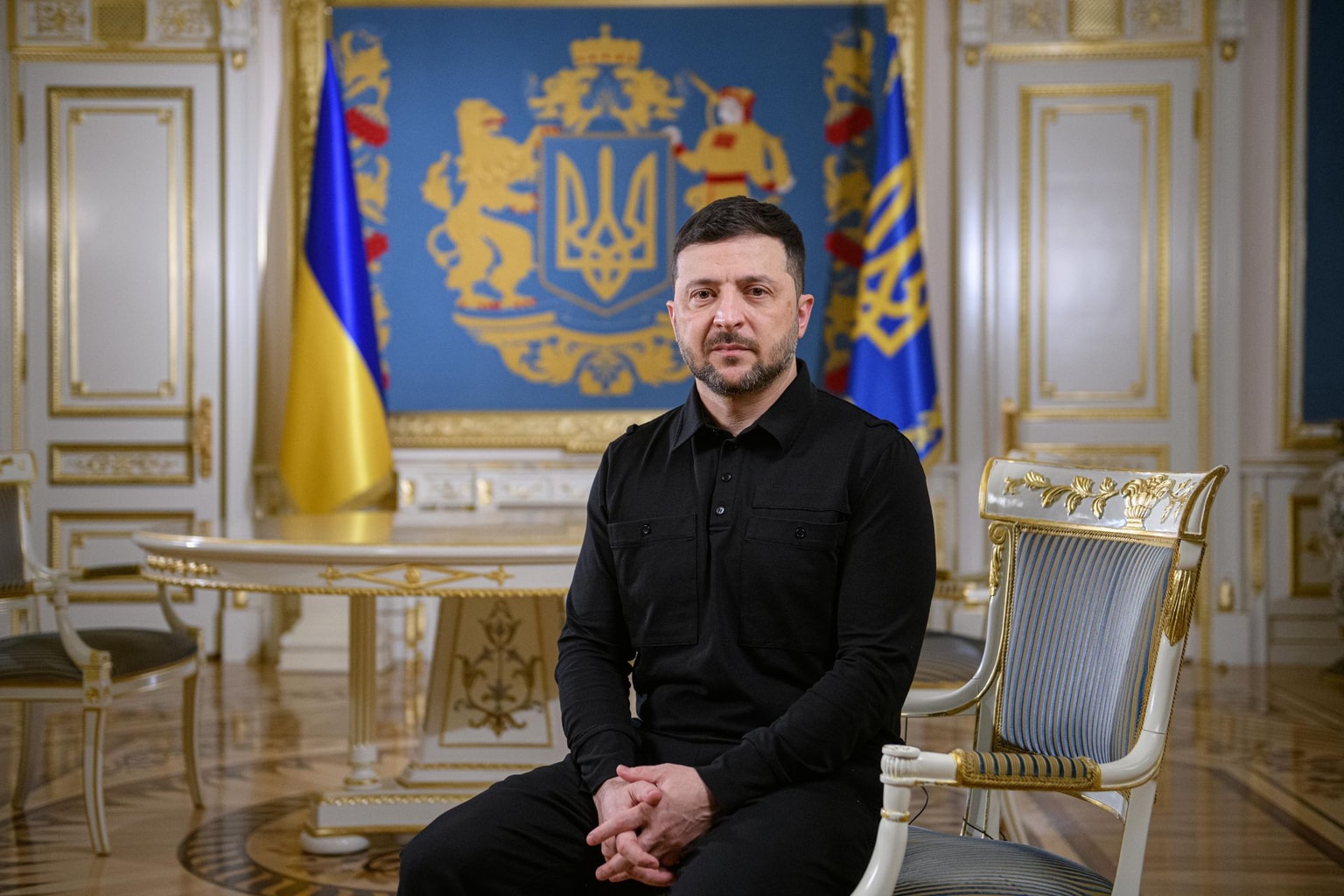Counteroffensive underway: ‘We overestimated Russians and underestimated ourselves’

Editor’s Note: The Kyiv Independent introduces soldiers interviewed for the story by their first names or callsigns due to security reasons.
DONETSK OBLAST – Islam’s mind was empty of thoughts and feelings as he crawled carefully towards the Russian trenches near Siversk, with grenades prepared.
“You crawl forward and you look carefully,” said the soldier from the 81st Airmobile Brigade days later, after he and his platoon took the positions, several dozen kilometers north of Bakhmut, without losses. “You don’t think about anything, only how to get in there.”
The Russians failed to notice the stealthy Ukrainians until the attackers’ grenades went into the trench. The platoon from the 81st then went in by twos and threes, starting a vicious, close-range firefight with the enemy group.
Many of the Russian troops ran away after being taken by surprise. Some remained in their dugouts, trying to shoot back. They ultimately surrendered but not without trouble — one Russian fighter yelled out “I surrender” right before throwing a grenade. Five prisoners were taken — three Russian national guardsmen and two proxy fighters from occupied Luhansk Oblast.
“There were two observation posts. All their communication was hanging on them,” said Sasha, the platoon commander. He identified his unit only as the 1st Platoon for security reasons. “The enemy didn’t even know that we had taken a third position towards the end of the operation. They didn’t know what was going on.”
The positions were tactically important, giving the Russians fire control and overwatch of much of the district. Supplies of arms and ammunition relied on these positions’ protection, and they hindered the movement of Ukrainian supplies through the area. A decision was made to take them in a sudden strike, giving the platoon two weeks to prepare.
“There was time to prepare, develop a bunch of options, pick the one that works for us and use it,” said Sasha. “Surprise was achieved.”
“What I liked about the assault — it’s said that you should never underestimate your enemy,” he went on. “In this assault, we overestimated their capabilities and underestimated ours.”
After Ukrainian forces took the three Russian positions they were ordered to capture, the Russians began to run away from the nearby positions as well. “If we’d known and prepared more people, we could have been occupying those positions too.”
The assault was just one little facet of Ukraine’s long-awaited counteroffensive, which began around June 5.
After Russia’s attacks from late winter into mid-to-late spring didn’t make significant gains anywhere except the city of Bakhmut, Ukraine hopes to use Russia’s stalled drive to regain momentum, possibly pierce some lines and take back swathes of territory. Ukraine has set itself the goal of total liberation, including Crimea.
Ukrainian officials such as Deputy Defense Minister Hanna Malyar confirmed that counteroffensive operations are ongoing. Soldiers from the 81st and 57th Brigades have told the Kyiv Independent that Ukrainian forces are on the move, slowly advancing on the Russians in Donetsk Oblast.
About a dozen soldiers in front-line towns and in field positions said that recently, Russian forces have switched from constant prodding attacks to trying to entrench and defend the territories they had captured.
“Now they’re staying on the defensive, now they’re not advancing,” said Serhiy, a member of a drone scout unit attached to the 57th Motorized Brigade’s artillery unit. Ukrainian soldiers use the commercial DJI Mavic drones to locate specific Russian targets and send coordinates to the Acacia artillery gun operators.
“Now, we’re trying to advance,” said Serhiy. “Well, little by little, we’re taking back our lands, our positions.”
Though Ukrainian units are able to perform tactical operations like the 1st Platoon’s surprise night strike, the overall counteroffensive is unlikely to be as quick as the one that routed the Russian forces in Kharkiv Oblast in September, experts believe.
Despite the presence of elite, well-prepared and experienced brigades like the 81st and Ukraine’s recently-created assault guard brigades that contain many hardened veterans, Russians have had time to get well-prepared for the coming liberation onslaught.
Soldiers near Siversk said the Russians have been digging in like never before, making their trenches properly deep, unlike the shallow ditches they were relying on when they were on the offensive.
Russian forces have prepared extensive defenses, especially in Zaporizhzhia Oblast, where they’ve set up multiple lines dozens of kilometers deep. From Kharkiv Oblast through Luhansk Oblast, there’s a strong main line running down south. However, Russian defenses thin out behind Bakhmut, according to satellite maps of the area.
Russia made some of its most significant gains in the east thanks to the state-backed Wagner Group private army. Since then, there were two large troop rotations in the area, with Wagner troops giving way to regular forces, instead of being on the attack. Wagner has reportedly been tapped to prepare some of the incoming forces for combat.
“Over eight months here, we had Wagners, then there were two rotations,” said Sasha.
Kostiantyn, an artillery officer from the 57th said a similar thing — they once faced Wagner troops in their area, who were replaced by other units that were in turn replaced once more. He said that compared to Wagner, the Russian Defense Ministry’s troops have a “much lower level of preparedness and worse capabilities.”
Soldiers from the 81st would agree, saying that Wagner forces were properly prepared, had decent maps, good equipment like transportation and night vision and made extensive use of cryptography.
In contrast, regular forces and Donbas proxies tend to exchange unencrypted coordinates and intercepted communication reveals drunkenness and soldiers listening to music at forward positions.
“Typical working stiffs who got mobilized and sent somewhere,” Sasha said.
The other difference is in the fear and motivation these units’ commanders inspire. Forces like Wagner can threaten their men with being shot or sledgehammered for retreating, surrendering, or refusing to participate in an assault, however suicidal.
When Russian regular forces fled the 1st Platoon’s assault, the Ukrainians intercepted Russian communications in which the soldiers refused to go back to recapture the lost positions. There were rumors going around among the Russians that friendly artillery would hit them with a deadly chemical round. However, the regular military also tries to lean on threats of death when it can.
“You often hear — ‘if you don’t go in, you will be annulled,’” Sasha said, citing the Russian National Guard’s communications.
More frequently, Russians respond to losing their positions by blindly bombarding the area with artillery, Islam said.
Even so, the Russians’ overwhelming artillery advantage over the Ukrainians appears to be shrinking. Russian artillery shell expenditures once completely dwarfed Ukrainians’ but now, they’re rapidly approaching parity, multiple soldiers have said.












